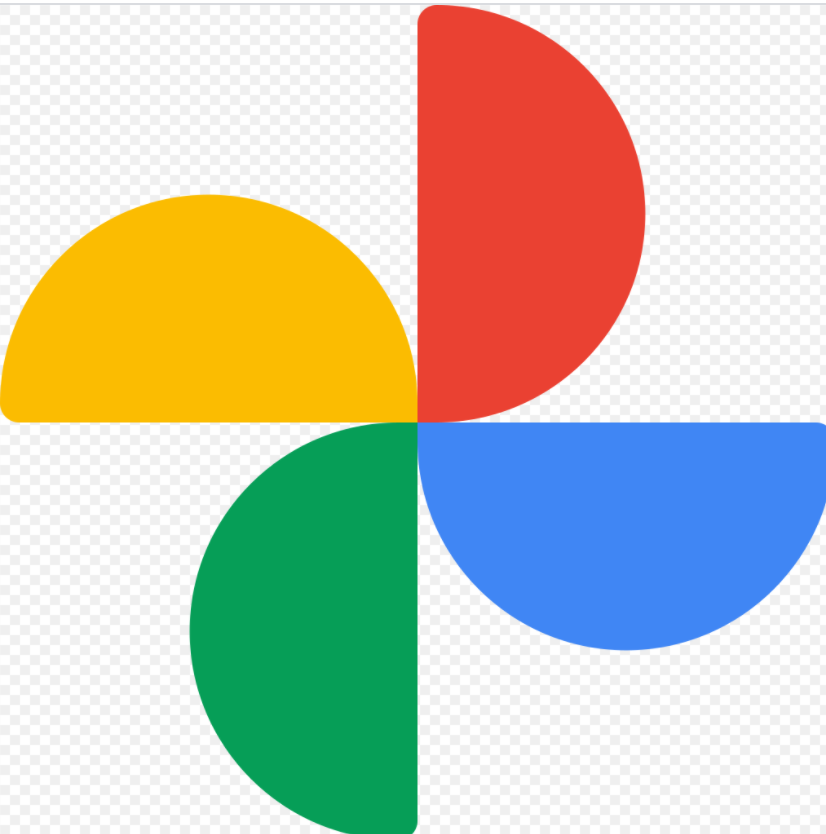
Our digital era has simplified numerous things for us, but storing the data that we use has always been a challenge. And when almost the whole world is taking a lot of pictures and videos, the related files similarly keep getting bigger. Currently, billions of people are using the Google Photos app for both Android and iPhone users because they offer free unlimited storage, though in a little compressed form. However, Google announced that from June 1, 2021, the photos and videos uploaded on the Google Photos app will add up toward the free 15GB storage that one gets with every Google Photos account.
Google Photos has announced this change a very long time ago, and now the time is very close to practically change the system. Back in November 2020, Google Photos Product lead David Lieb explained on his Twitter account that “The storage policy needs to be changed because free backups are costing big to the company. It is a very necessary step to “align the primary cost” of offering free services while also accepting the “primary value” of online storage. Google says over 1 billion people back up a remarkable 28 billion photos to Google Photos each week. In order to welcome even more of your memories and build for the future, we are making this change”.
Google Photos lets you upload any photos or videos in three sizes, original quality, high quality, and Express. Photos are stored at a maximum of 16 megapixels, which is more than enough unless you plan on printing very large-format pictures, over 24 inches, while videos are stored at 1080p. The good thing is that anything that’s been uploaded before June 1 won’t count against the new limits, only images and videos uploaded on or after the date will start to count towards the 15 GB cap.
Presently, instead of unlimited storage, every account will get 15 GB of free storage with the option to pay for more storage if you need it, which is $2 a month for up to 100 GB. Google is essentially adopting the Apple iCloud model but with three times the free storage. And their recent announcement of ending the free unlimited service of Google Photos has also come with some exceptions. And following are a few things that you should know after this new change in the Google Photos.
Some important factors to know after the end of free storage of Google Photos:
- Google Photos will also provide the option to select between their compressed High-Quality backup or store your files in original quality if you wish to organize it.
- There’s no need to get worried about your past data because anything that has been uploaded before June 1, 2021, won’t count against the new limit of Google Photos, and only images or videos uploaded on or after the date will begin to count towards the new 15 GB limit of the app.
- Google has estimated that the average user will take about three years to use up the free 15 GB of storage, but of course, everyone’s storage can differ with their use of the app.
- Presently, if you are using the Google Photos app for storage, you can also use their estimator tool, which is completely based on your usage of the service to see how long it will take to hit the free limit by the Goggle.
- The company also has plans to launch a new management tool to help you get rid of images that are excessively blurry and dark and any other large videos, so you won’t be wasting your free space on them.
- If by any chance, you have a Pixel 5 or older smartphone, you will continue to get free unlimited High-Quality storage, so the new limits won’t apply to you. And if you are a passionate smartphone photographer considering a new device like the Pixel 4a 5G, it will also give you an extra benefit.
- If you have an Amazon Prime account, it will also help you to save your data. One of the prime member benefits that it provides is unlimited photo storage in full resolution and 5 GB of video storage as well.
Earlier, people were using local storage devices like hard drives or floppy disks, which formed massive cataloging and logistical matters. While all these local storage options are definitely still an option, an easier option like Google Photos is to use an automatic process to upload our images to a secure online storage location. Google claims that more than 4 trillion files are stored in Google Photos and another 28 billion photos and videos are uploaded every week. As developments in technology continue to rise with the file sizes of our pictures and videos, Google’s system to bid free unlimited storage for the masses has maybe reduced for some upright motives.
_____________________________________
Reference:
- www.google.com
- www.gadgetsnow.com
